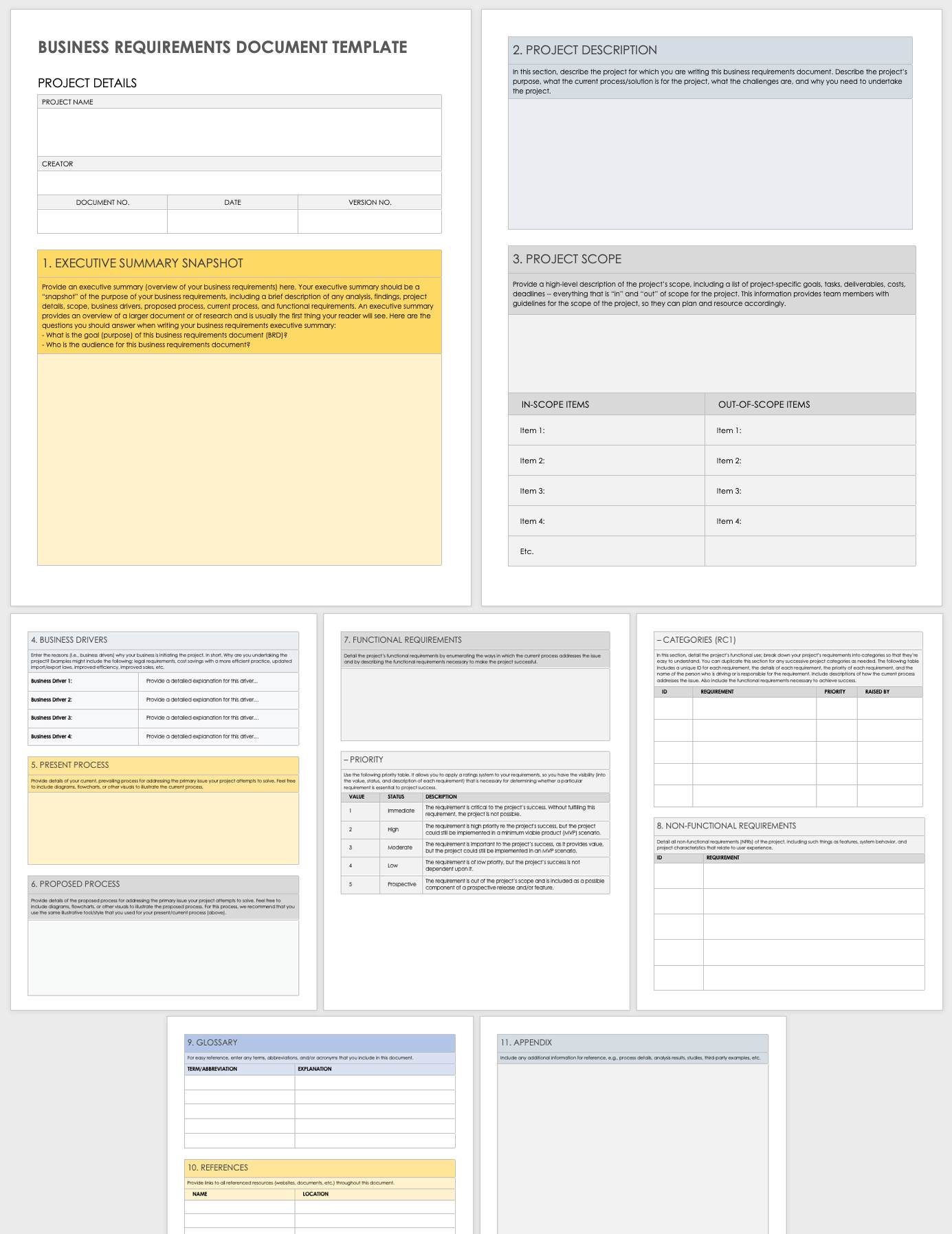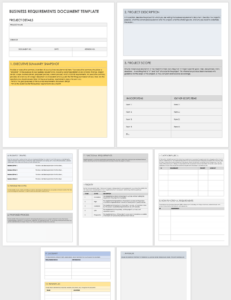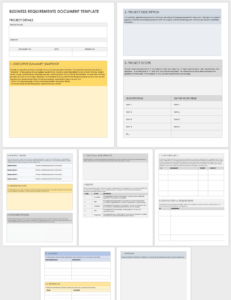As a business analyst, it’s imperative to have a structured and efficient approach to gathering and documenting requirements. A requirement template can serve as an invaluable tool in this process, providing a framework to guide your work and ensure you capture all necessary information for successful project execution.
Requirement templates can vary depending on the specific industry, organization, or project, but some common elements typically include:

Elements of a Comprehensive Requirement Template
A comprehensive requirement template should encompass several key elements that collectively contribute to a robust and actionable set of requirements. These elements include:
- Functional Requirements: These describe the specific actions or tasks that the system or product must perform to meet the user’s needs.
- Non-Functional Requirements: These specify the broader qualities and characteristics of the system, such as performance, security, usability, and reliability.
- Use Cases: These are narratives that describe how users will interact with the system to achieve specific goals.
- Business Rules: These are constraints or guidelines that govern the behavior of the system and ensure it aligns with business objectives.
- Stakeholder Analysis: This identifies and documents the needs and perspectives of stakeholders involved in the project, ensuring their interests are considered.
- Acceptance Criteria: These define the specific conditions that must be met for a requirement to be considered complete and accepted.
By incorporating these elements into your requirement template, you can create a comprehensive and effective document that will guide your analysis and facilitate successful project outcomes.
Benefits of Using a Requirement Template
Utilizing a requirement template offers numerous benefits that can enhance the efficiency, accuracy, and overall success of your business analysis projects. Key advantages include:
- Standardization: Templates ensure consistency and uniformity in the way requirements are gathered and documented, reducing the risk of errors and omissions.
- Efficiency: Predefined templates save time by providing a structured framework that minimizes the need for rework and documentation from scratch.
- Improved Communication: Templates foster clear and effective communication between business analysts, stakeholders, and development teams by providing a shared language and understanding.
- Reduced Errors and Omissions: Templates help ensure that all necessary information is captured and documented, reducing the likelihood of missing or incomplete requirements.
- Enhanced Quality: By following a structured approach, templates promote higher quality requirements that are more likely to meet the needs of stakeholders and align with project objectives.
Conclusion
In the realm of business analysis, using a requirement template is an essential practice that streamlines the gathering, documentation, and communication of requirements. By incorporating various elements such as functional requirements, use cases, and acceptance criteria into your template, you can create a comprehensive and effective document that will serve as a solid foundation for successful project execution.
A well-defined requirement template not only improves efficiency and reduces errors but also enhances communication and fosters a shared understanding among stakeholders. By adopting a structured approach, you can ensure that the requirements accurately reflect the needs of the business and drive the development of high-quality products and systems that meet the desired outcomes.


